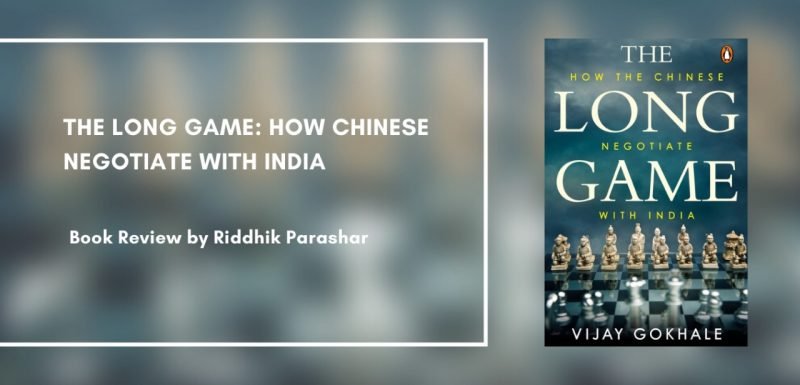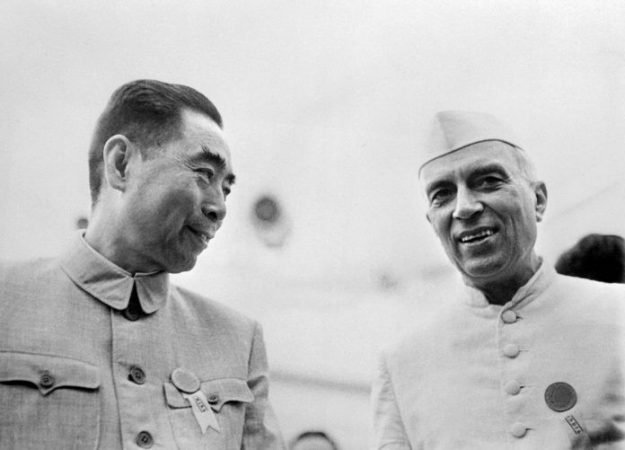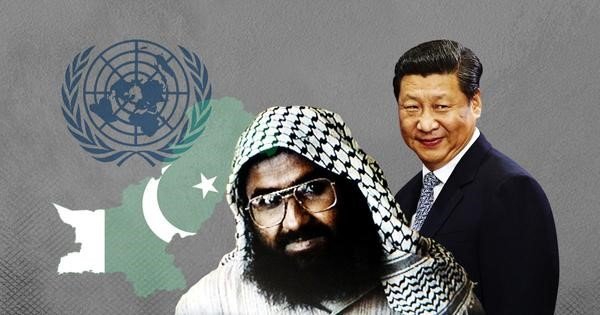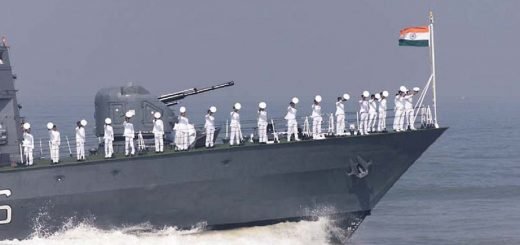Book Review: The long game-how the Chinese negotiate with India

The Long Game is a path-breaking study of six critical negotiations between India & China which draws valuable and precise lessons for the future. It is essential reading for diplomats, scholars and all those interested in how India will deal with its greatest strategic challenge: an increasingly powerful China. Gokhale’s familiarity with the negotiations and his long experience of China has produced a book of unmatched scholarship and long-term relevance. Shivshankar Menon former Foreign Secretary & NSA to former PM Dr Manmohan Singh described the read as “A book to read, reread and savour”
The book is divided into 7 chapters (with preface, acknowledgements and notes acting as the references to the highlighted points covered in the chapters). The first chapter titled ‘Recognition’ depicts the process of negotiations that started between Independent India and the newly established ‘People’s Republic of China (1949) under the leadership of Chinese Communist stalwart Mao Zedong. Zedong’s leadership had started following the civil war which led to the defeat of the Nationalist forces (Kuomintang) under Chiang Kai Shek. It also presents a brief overview of the international scenario of that time; the emergence of the ‘Cold War’ politics. It also mentions the prior experiences of both the Chinese Communists and the Nationalists having their share of handling foreign powers, pointing towards the erstwhile USSR and the US. For India, the experiences were new as they coincided with the Second World War and its independence from British rule. The Civil War in China ended and India eventually recognized the People’s Republic of China in 1949, two years after its own independence.

The second chapter titled ‘Tibet- The Price of Friendship’ is about the Tibet issue and it extensively covers the negotiations as well as the loggerheads which eventually led to the agreement on ‘Trade and Intercourse ‘between the Tibetan region of China and India on 29th April 1954. The agreement translated to what came to be known as the ‘Five Principles of Peaceful Coexistence (Panchsheel). The third chapter titled ‘Pokhran-How to Unite a Knot from the Tiger’s Neck’ talks about India’s nuclear tests in 1998 and their aftermath resulting in a long diplomatic spat with the P5 countries. The event highlighted how China played an important role in exercising its influence so as to counter India with regard to Nuclear testings. It also gives brief insights on the Nuclear Non-Proliferation Treaty (NPT) & Comprehensive Test Ban Treaty (CTBT) where China plays the role of the hegemon when it comes to sideline India on the same.
The fourth chapter titled ‘Sikkim-Half a Linguistic Pirouette’ explores the position of the Indian state of Sikkim with regard to the Indo-China negotiations as a result of which China formally recognized Sikkim as a part of Indian territory on 11th April 2005. The fifth chapter titled ‘123 Deal- The Big Turnabout’ covers the insights on the India-China negotiations on the 123 Nuclear Deal in 2008. The sixth and the second last chapter titled ‘Masood Azhar- The Principle of Consensus’ greatly depicts China’s role in continuously blocking India’s bid to put Pakistan based terror outfit JEM’s Chief Maulana Masood Azhar as a terrorist in the UNSC 1267 Sanctions List, following a long series of diplomatic negotiations. India had to deal with terrorism at a time when the China-Pakistan alliance was trying to reach its peak.

The seventh and the last chapter titled ‘Lessons for India’ is a precise depiction of the core theme of the book. It’s the summation of the lessons drawn from the six case studies (the first 6 chapters) where the author has focused on the deep analytical aspects of the Chinese negotiating pattern and its diplomatic behaviour with India. It also gives a very insightful view about the various institutions affiliated with the Chinese Communist Party (CCP) which is responsible for conducting Chinese foreign policy and diplomacy. It also acts as an unofficial guiding doctrine for the future Indian negotiators who can actually turn the negotiations in their favour if one can meticulously study and understand these Chinese tactics.
This is a must-read book for all IR enthusiasts, particularly the ones who are interested in Indo-China relations or aspire to become an expert in the Chinese domain. The credentials of the author, Vijay Gokhale, former Foreign Secretary and Ambassador to the People’s Republic of China is a well-known expert on Chinese’s diplomacy and foreign affairs. Gokhale has time and again highlighted his ubiquitous knowledge on these matters through various papers and books. This is his second book after ‘Tiananmen Square: The Making of a Protest.’ One of the most impressive things about the book is the easy and lucid language, which makes it comforting for a commoner to understand and grasp the insights conveyed through the book.
To conclude let me quote another expert who has commented on this book and captured the essence of it, “At a moment when Sino-Indian relations are in serious crisis, The Long Game astutely illuminates the persistently hard-nosed Chinese attitude towards India right from their earliest interactions as independent states. With a practised diplomatic eye, Vijay Gokhale strips away the illusion that China ever shared convergent interests with India in Asia and globally. A disconcerting read, but indispensable.”- Ashley J Tellis, Tata Chair for Strategic Affairs and senior fellow, Carnegie Endowment for International Peace.


















